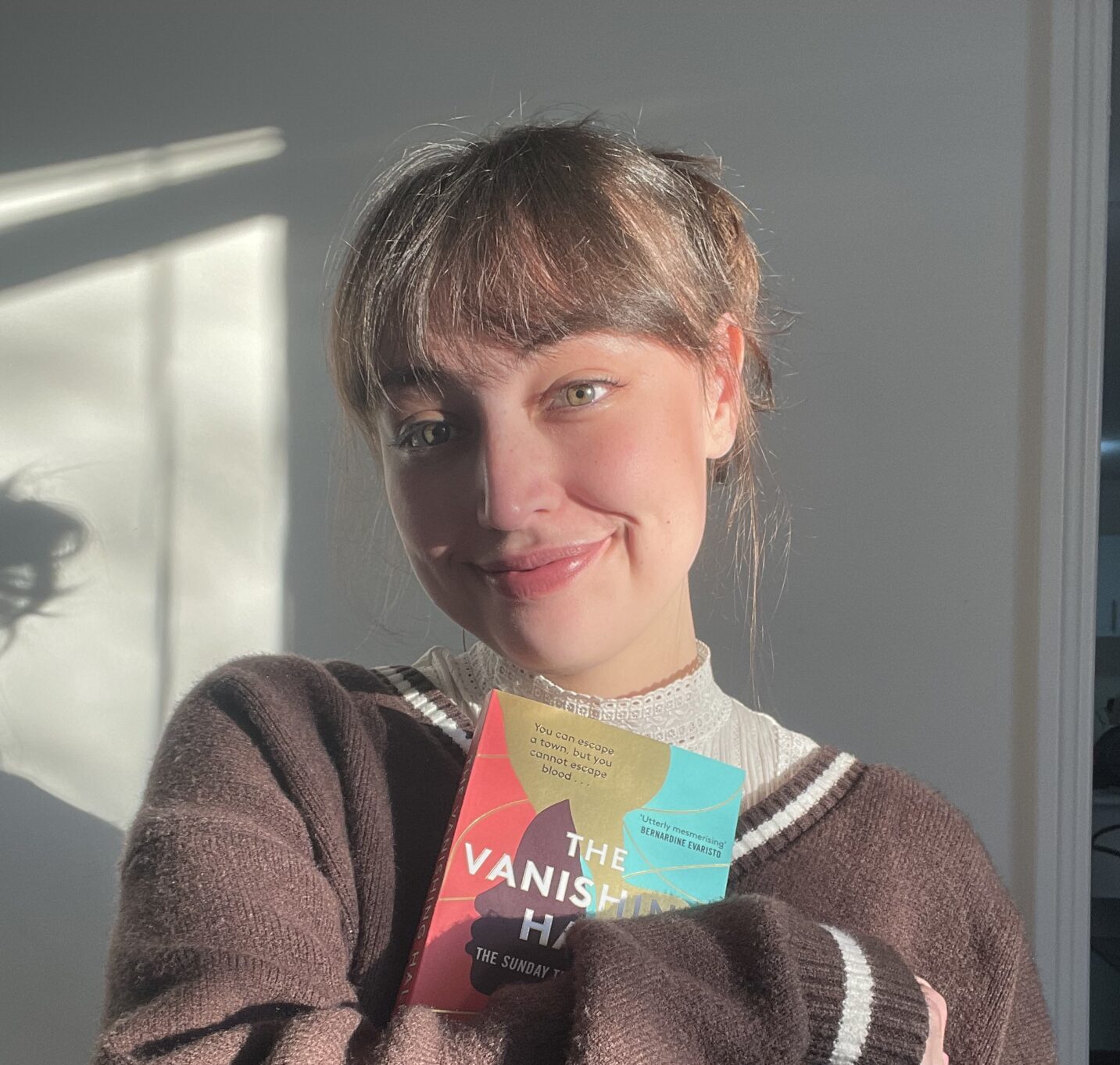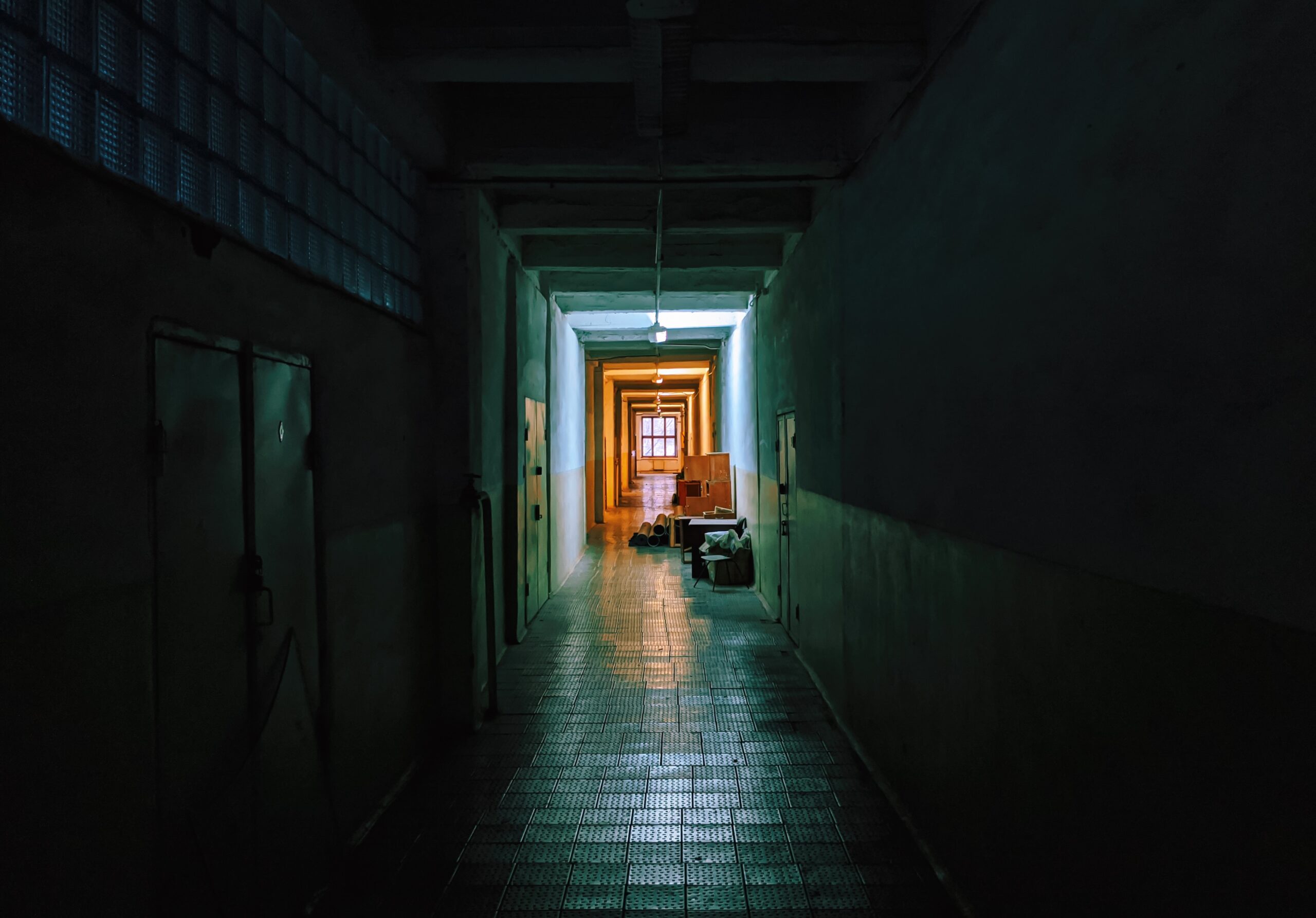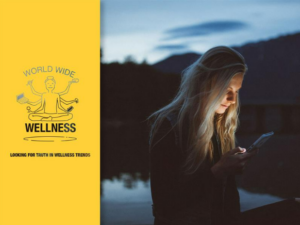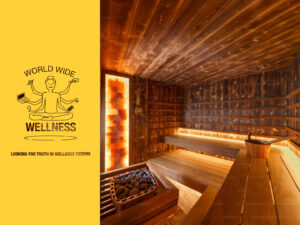What is so unnerving about empty hallways at night? Why do we move through them quickly as though they are portals for the supernatural?
This uneasy, transitory feeling is not exclusive to hallways.
Maybe you’ve sensed spirits stirring at an empty petrol station on the Nullarbor? Felt a disturbance at an old, rusty playground? Roamed the creaky corridors of a hotel at dusk?
Well, there’s a name for those types of places and the eeriness they induce – liminal spaces – and they’re having a moment on social media.
What does liminal mean?
Liminality is originally an idea from anthropology and refers to the in-between stage of a social transformation.
The word liminal is from the Latin word ‘limen’ meaning threshold – the bottom of a doorway. It is the time when your old self is socially dead but you haven’t been reborn into your new role either.
Imagine standing above the threshold of a doorway, one foot inside and one foot outside. That moment of uncertainty and change is liminality. It’s often linked to a rite of passage like a graduation or a wedding. You’re neither a student nor a graduate, neither single nor married. You’re in a state of transition.
Victor Turner, one of the seminal purveyors of liminality describes it as something akin “to death, to being in the womb, to invisibility, to darkness, to bisexuality, to the wilderness, and to an eclipse of the sun or moon”.
So what is the liminal space aesthetic?
Liminality is now being used to describe not only people but physical spaces as well.
Was going to visit a relative of mine and on the way there capture this on my phone
byu/invizoo inLiminalSpace
Online, photographs shared in ‘liminal space’ communities focus on capturing the eeriness and allure of transitional or in-between places.
These places can be transitional in a literal or more figurative way. Hallways and airports, for example, are not destinations within themselves and are designed only to be passed through. They are literally thresholds between one place and the next.
Empty playgrounds and empty homes, on the other hand, are liminal in a metaphorical way. They are reminiscent of a lost moment in time but still exist now. They are places torn between the past and the present. Their uncanny nostalgia is the liminal experience of something lost but remembered.
Westfield Garden City, Australia (2021 Lockdown)
byu/CourseOdd3022 inLiminalSpace
Hotels embody the liminality of being, in a sense, at home while also being somewhere unfamiliar. They offer guests privacy and anonymity, but at the same time, they are public spaces where CCTV surveillance and watchful staff are behind each corner.
A place can embody the liminal in lots of different ways. But the thing they all have in common is the uneasy, unsettling energy you feel when you visit them or see them in photographs, as though you are looking at a similar but different world.
What’s so interesting about hallways?
Why is the internet fascinated by this aesthetic? What has inspired 626,000 users to congregate on Reddit’s r/LiminalSpace forum? Why has #liminalspaces gained more than 2 billion views on TikTok?
A recent psychological study suggests that liminal spaces are fascinating to us because they are at once familiar and strange – mundane, yet creepy. According to the researchers, deviations from familiar patterns in physical space create a sense of uncanniness that is curious and disturbing.
In other words, liminal spaces are totally ordinary – a hallway, a school, a bus stop – but they also feature some disruptive, unfamiliar elements. There is an odd dust in the air, the public place is abandoned, there is an unusual object in the corner. And it is this disruption of the totally normal that we find so captivating.
This hotel pool my girlfriend and I just swam in
byu/Jacobklassen inLiminalSpace
These liminal aesthetic images are engaging on social media because they displace our traditional understandings of the world and make us re-examine spaces that we normally ignore.
Liminal spaces, like a new graduate, are wholly unstructured. In their chaos, liminal spaces are disturbing but also full of intrigue and possibility.
A liminal space is also an opportunity for personal transgression. As the ordinary rules and order of the world seem to fall away, you are free from the constraints of social acceptability. All becomes equal. You can be chaotic, honest and break the rules.
The local liminal
Princess Margret Hospital Perth Western Australia (no longer in operation)
byu/ronin_shogun inLiminalSpace
Western Australia is a state full of red dirt, rocky shorelines, strange gas stations, small towns with quiet streets, defunct shopping malls and brown government buildings. Liminal spaces abound, waiting for you to capture them.
So whenever you’re next meandering through a hallway, a uniform subdivision or a mid-century hotel and you notice a strange feeling creeping up your spine, be sure to take a photograph.
There are millions of people waiting to look at it.









